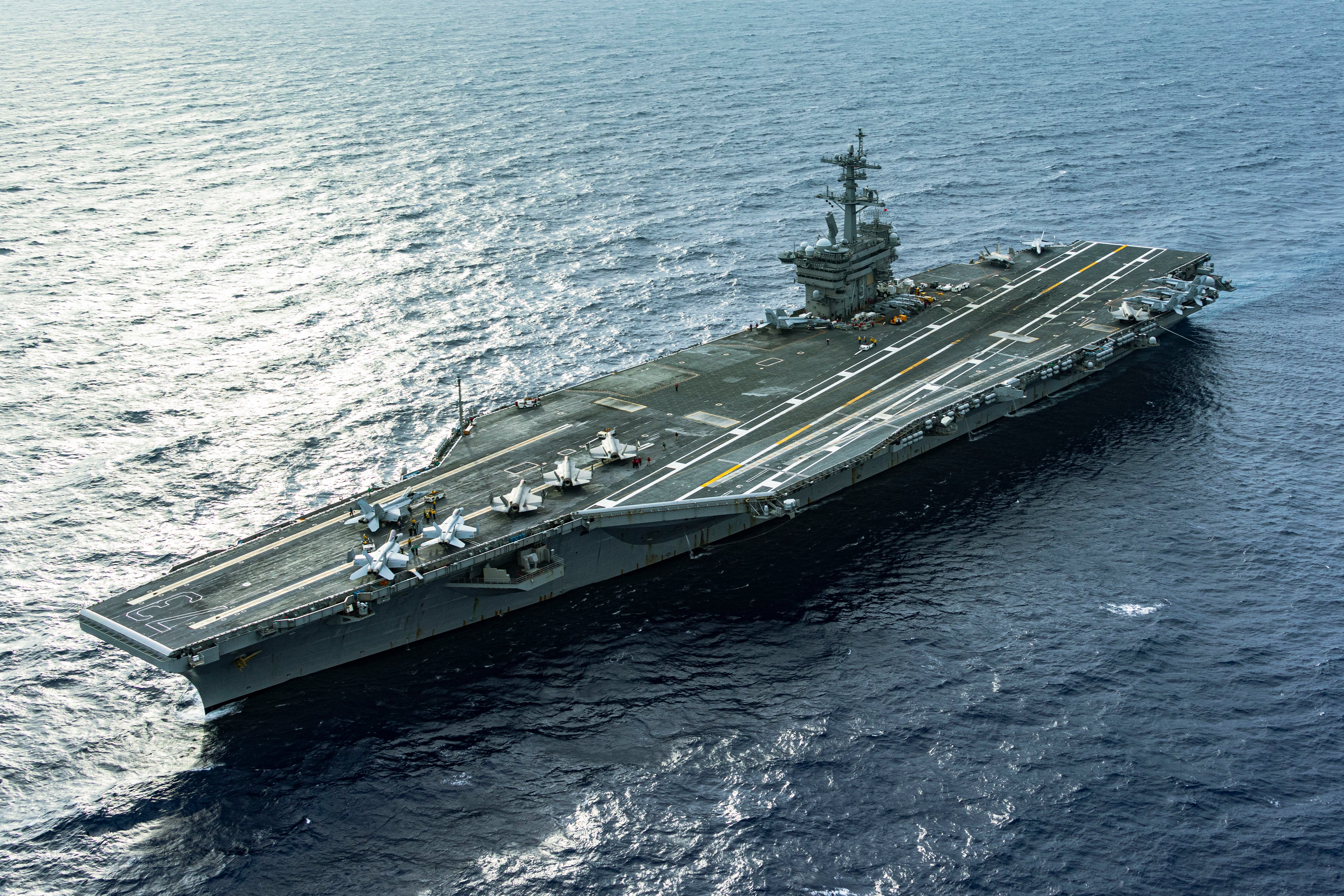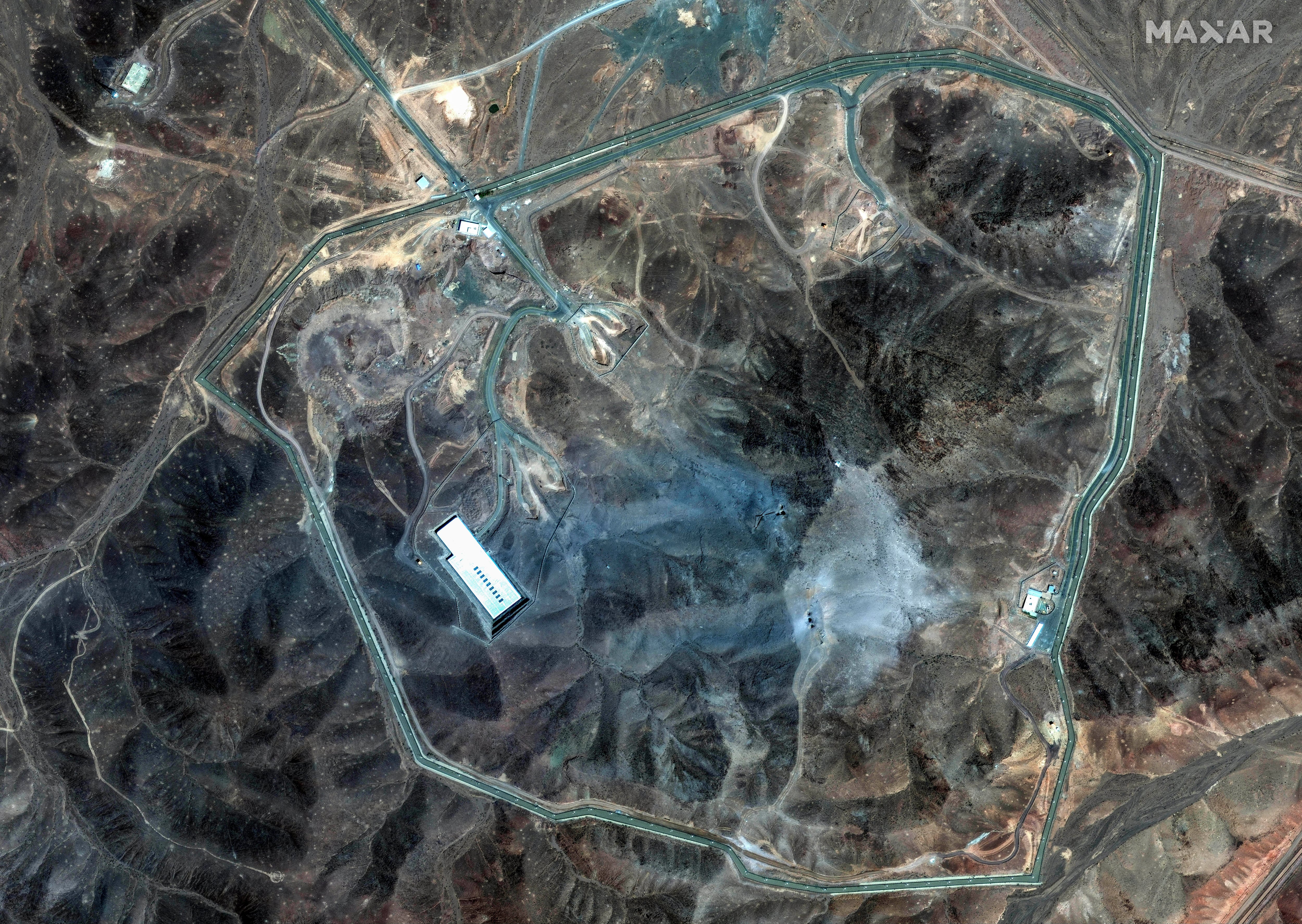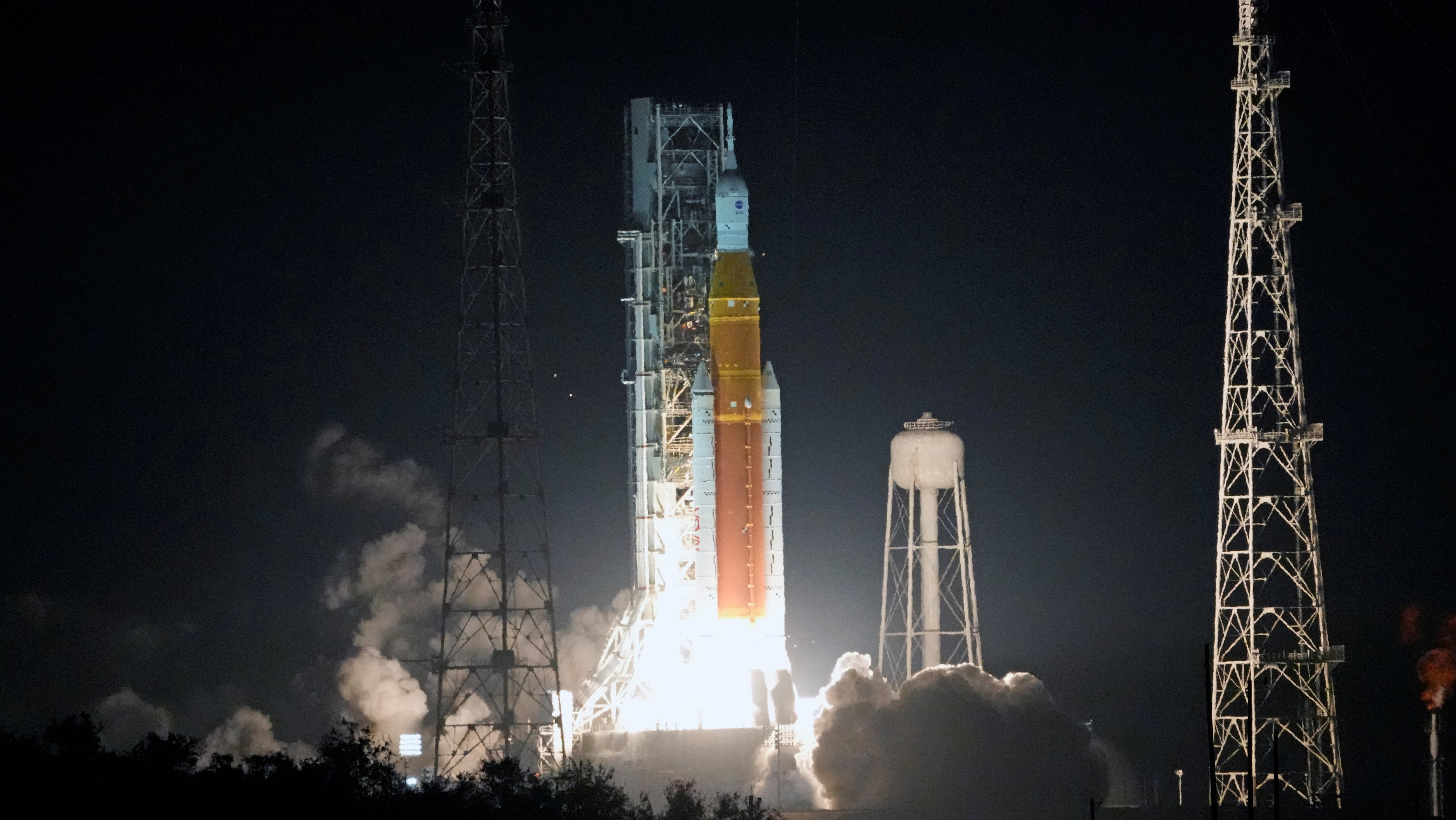We have liftoff!
Early this morning NASA successfully launched its Artemis 1 rocket, blasting the U.S. onto a path to reach the moon’s lunar surface for the first time in 50 years.
Liftoff occurred at 1:47 a.m. local time from NASA’s Kennedy Space Center in Florida, with engines finally roaring after a few previous attempts that were delayed due to technical difficulties and because of Hurricane Ian.
Using the powerful 322-foot Space Launch System rocket for the first time, and carrying the unmanned Orion spacecraft, the test flight set off on its 25-plus day journey around the moon.
After traveling a total distance of 1.3 million miles, NASA expects the capsule to splash down on Dec. 11 in the Pacific Ocean — off the coast of San Diego — at roughly 24,500 miles per hour (Mach 32).
“What an incredible sight to see NASA’s Space Launch System rocket and Orion spacecraft launch together for the first time,” NASA Administrator Bill Nelson said in a statement. “This uncrewed flight test will push Orion to the limits in the rigors of deep space, helping us prepare for human exploration on the Moon and, ultimately, Mars.”
Over the course of the mission, the rocket will travel 280,000 miles from Earth and 40,000 miles beyond the far side of the Moon, flying longer than any human spacecraft before it and returning home faster and hotter than ever before, according to NASA. And while there are no individuals onboard, a few mannequins have been slotted in as passengers to gather data that can be applied to a future crew.
“We’re witnessing history as Artemis I brings us one significant step closer to making NASA’s vision for human deep space exploration a reality,” Robert Lightfoot, executive vice president of Lockheed Martin Space, said in a news release. “Through a nationwide industry team that has also leveraged an international industrial base, this launch and mission unite the skills of a dedicated workforce and innovative technologies to make a global impact.”
The mission serves as a test ahead of a future crewed Artemis mission, which NASA says will land the first woman and first person of color on the moon as early as 2024. The last time NASA sent astronauts to the moon was during the Apollo 17 mission in December 1972.
One of the astronauts onboard that eventual lunar flight, which plans to take four total crew members, could be Marine Col. Nicole Mann, who recently led the SpaceX Crew-5 team to the International Space Station.
Last year, NASA’s Office of Inspector General projected the total cost for the Artemis program to be $93 billion by 2025.
“The legacy that this professional crew put together in getting us to this day over the years is a legacy that indeed has been well earned and will continue as we now explore the heavens, as we go back to the moon and then we go to Mars,” Nelson said in a post-launch news conference.
Those interested in tracking the Orion spacecraft on its journey can do so on the NASA website.
Jonathan is a staff writer and editor of the Early Bird Brief newsletter for Military Times. Follow him on Twitter @lehrfeld_media
In Other News














